
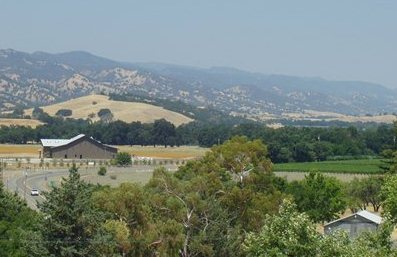
Vineyard and wine production in the area around Brooks is expanding along with olive oil. Capay Valley Vineyards (r), Seka Hills Olive Mill and tasting room soon to open (l)
California's Capay Valley, An Undiscovered Gem
Capay Valley has a long ag history but remains little known as wine country. Framed by the rugged Blue Ridge to the west it defines the extreme north west portion of Yolo County, a far different place than it's Yolo relative Clarksburg. Far different wines are beginning to emerge as well with an exciting future.
by
Roger King
July 20, 2012
Capay Valley is little known outside of Northern California, although grape growing goes back to the 1800’s, and has had a higher profile for organic produce than possibly wine, up until now. It resides in the extreme northwest corner of Yolo County, set against and into the steep and rugged Blue Ridge range of the Vaca Mountain chain. This is ancestral land to the Yocha DeHe Wintun Nation and the basis of Capay lies in the Patwin word ‘capi’, which means stream. Cache Creek would be that flowing water, running the course of this spectacular open space valley.
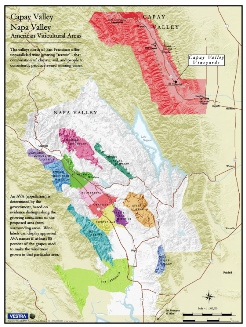
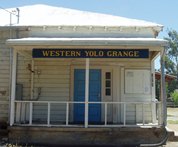
Soils in this valley are old and well drained, much washed down over the eons by Cache Creek which flows from Clear Lake east into Capay Valley and on into the Sacramento Valley. A set of clays with tufa are common throughout the valley, yet clear evidence of volcanic ash can also be found in the central hills of the AVA around Brooks, where amounts of river rock are found mixed in. Up in the mountain regions of the AVA rock and meager soils are the norm.
Capay Valley, along with the Dunnigan Hills, Clarksburg and Merit Island have long formed the established appellations of Yolo County. For many years Capay Valley Vineyards held the rank of the only winery in the appellation, producing high quality wines from estate grown fruit. Better known RH Phillips was close by in the warmer Dunnigan Hills AVA outside of Esparto in the Sacramento Valley.
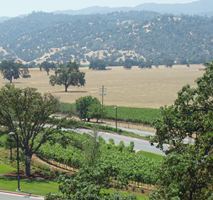
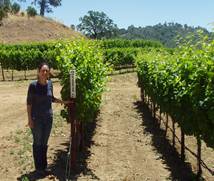
Cabernet Sauvignon and Syrah are great examples of where this comes forward. The mountain fruit at Casey Flat Ranch has compelling tannin structure and winemaker Laura Barrett says she must work hard in the winery to tame that tannin, which is admirably done in CFR Estate Red Wine. Grown on the valley floor the tannin profile of Capay Valley Vineyards and Seka Hills same varietal wines show supple restrained tannin immediately, yet are finesse wines of place. Consider if we used village as appellation this would be Brooks! Amazing thought!
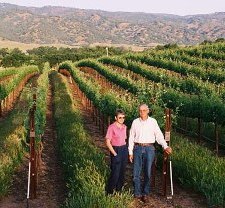
Where a comparative to diversity within the AVA can be found is within two very similar blends of Syrah and Cabernet Sauvignon separated by mountain vs. valley floor. Seka Hills 2010 proprietary blend Tuluk’a, created by winemaker Blake Kuhn, is led by 50% Syrah, 45% Cabernet Sauvignon, 3% Cabernet Franc and 2% Petit Verdot. Casey Flat Ranch signature wine 2009 CFR Estate Red Wine, again led by 50%Syrah 30% Cabernet Sauvignon, 20% Cabernet Franc.. The Cab and Syrah dominance shows consistency across the lines of meaty Syrah nuances and cherry Cabernet Sauvignon notes but shows huge diversity in tannin with the mountain fruit deeply structured and valley floor showing supple finesse.

Temperatures separate Capay Valley within itself and the surrounding regions. The valley itself is tucked into the eastern foothills of the Blue Ridge and is separated from the great Sacramento Valley. Daytime temps are cooler than the great valley and every once in a while can be impacted by cool air spilling over from Napa County during big marine air pushes in summer. This seems to help Viognier retain brilliant acidity in the area around Brooks. Moving up the valley towards Guinda and Rumsey increases day temps and other varietals such as Tempranillo may be better suited. Tannat is being experimented with in this region. The mountain regions of the appellation are predictably cooler than the valley floor, but not always and evenings do experience temp inversions.
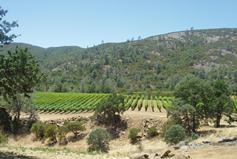










 READER FEEDBACK: To post your comments on this story,
READER FEEDBACK: To post your comments on this story,


